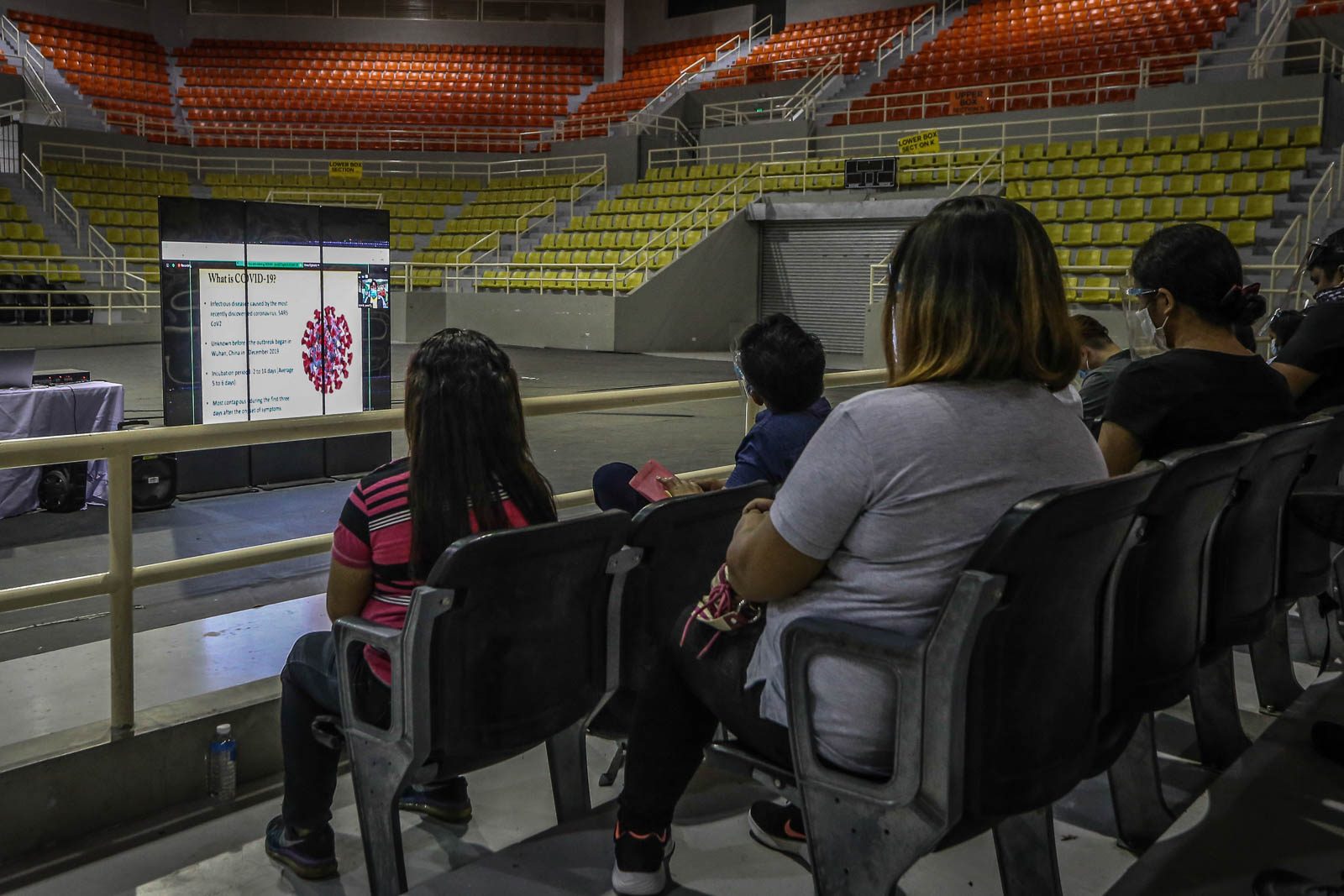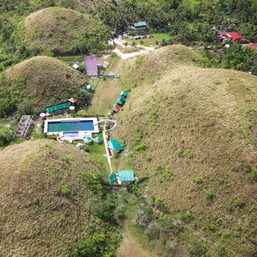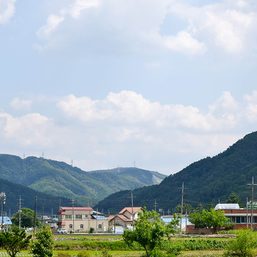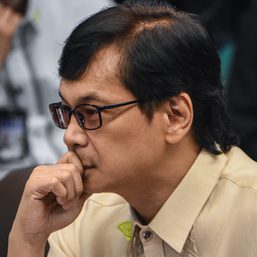SUMMARY
This is AI generated summarization, which may have errors. For context, always refer to the full article.

The contact-tracing “army” of the Philippine government is “complete,” the Department of Interior and Local Government (DILG) said on Saturday, November 21.
DILG Undersecretary Jonathan Malaya said in a Laging Handa briefing on Saturday that the government has reached 96.15% of its additional 50,000-contact tracer goal, with 48,074 hired, trained, and deployed nationwide.
Malaya said reaching the 50,000-target for additional contact tracers makes the “army” complete for the country. In the DILG’s budget proposal hearing in the Senate on November 17, the agency said the country had around 257,000 contact tracers for COVID-19.
“With the 50,000-quota given to us, kumpleto na po ang contact tracing army ng ating bansa (our country’s contact tracing army is now complete). We now have this army deployed to all local government units in the country,” Malaya said.
The World Health Organization’s recommendation for the Philippines is at least 135,000 contact tracers.
The DILG said that the additional 48,000 contact tracers were doing the job exclusively, unlike some from earlier batches. On top of dedicated tracers, others tapped were local epidemiology surveillance units, the Philippine National Police, the Bureau of Fire Protection, and barangay health workers. However, these were not enough.
Malaya urged local governments to provide personal protective equipment (PPE) sets to the contact tracers, as the national government’s procurement process was still ongoing.
Sustaining the contact tracers after Bayanihan 2 expires, however, remains a problem local government units need to address.
The country’s contact tracers are crucial to helping curb transmission of COVID-19 in the Philippines, after confirmed cases in the country surpassed 415,000 on Friday, November 20. Of this number, 31,805 are active cases. – Rappler.com
Add a comment
How does this make you feel?





There are no comments yet. Add your comment to start the conversation.